As we all experienced in the recent covid pandemic, during World War 2, all significant international sporting activities like the Olympics and Test matches came to a grinding halt for the duration of the war. Luckily, we’ve ‘rekindled’ our sporting trophies post Covid, however this wartime rugby trophy ‘The Book’ has been lost to future generations – and judging by all the new and evolving rules of rugby and the fierce contest that is any All Black and Springbok test match – if there is one trophy that needs a resurgence – it’s this one.
The fun bit, this is a trophy which was only ever intended to be awarded in a ‘test’ rugby match between South African ‘Springboks’ and New Zealand ‘All Blacks’ and the loser … NOT the winner … the loser gets to “win” this particular trophy.
A ‘winning’ trophy to the loser in a Springbok vs. All Black rugby humdinger – huh! So, what happened – how is it we’ve lost this, one of our most significant rugby trophies?
Let’s start at the beginning, to rugby mad nations like South Africa and New Zealand the on-set of World War 2 posed a problem for the sport and it was made worse by the fact that nearly all the young men playing in top division rugby leagues and top flight rugby clubs in all the ‘Allied’ countries like England, Ireland, Scotland, Wales, France, Australia, Canada, South Africa and New Zealand had joined their respective armed forces and were off to war as ‘brothers in arms’ – all these Allied countries also happened to constitute the lead nations in the rugby playing world (then and now).
So, our wartime generation “made a plan” and the default “National” rugby squads fell to the various expeditionary forces finding themselves in the same theatre of operations. Initially informal rugby matches started in the North Africa Theatre of Operations where South African units (mainly Army and Air Force) found themselves alongside British, Australian and New Zealand counterparts. Soldiers been soldiers started niggling and ragging one another over national pride. It all started whenever there was a lull in fighting or whenever on rest and recuperation leave touring the hot spots of Cairo.
In particular, South African soldiers (also known as Springboks then) would seek out New Zealand soldiers (known as Kiwis) and before each contest would rib one another for not knowing the ‘rules’ of scrummaging and rugby as a whole (we still do).
Heads and bodies clashed immediately to form a scrum, with all the ‘dark arts’, grunting, groaning and shoving. With the scrummaging done all would rise up from the resultant ruck smiling and laughing, shake hands and arm-in-arm then proceed to the bar or mess to drink a beer or three.

It would not take long for the leader elements of the British, Australian, South African and New Zealand military formations to realise the benefits of all this camaraderie, teamwork, goodwill and national identity rugby offered and to settle this entire issue with more formalised rugby games.
In the South African Union Defence Force ‘sports officers’ in North Africa and the Middle East, started to organise multiple matches with sports officers in other allied formations, playing on whatever surface they could find with whatever ‘rugby’ poles and whitewash markers they could find. In all the various rugby games, the great rivalry was the same as it was in peace time – and this was the great South Africa and New Zealand ‘test’ match.
The Legend of ‘The Book’ – Part 1
The legend that was to become ‘The book’ starts to take shape amidst all this informal scrummaging competitions and rugby games between the Springbok soldiers and their Kiwi rivals.
As many may have guessed by now – The Book – is The Book of Rugby Union Rules. The South Africans claiming the Kiwis were hopeless and needed to learn the rules, and the Kiwis claiming they wrote the rules – so no need to learn them (or vice versa). The idea of each respective side “learning the rules” first became a general jibe and joke between Kiwi and Springbok service personnel.
The 6th Armoured Division “Springboks” – Egypt
By May 1943, South Africa’s 6th Armoured Division was formed as South Africa’s contribution to the invasion forces of Italy – and they took part in training exercises in Egypt before heading to Italian front. In identifying a need for stronger and more formal sports representation, and especially rugby – within the 6th Armoured Division there would also form South Africa’s default “Springbok” rugby side to take on the planned ‘internationals’ with ‘select’ sides from British, Australian and New Zealand military formations now in Italy – notably the 2nd New Zealand Division in Italy.
This 6th Armoured Division rugby team, playing in the Springbok ‘Green and Gold’ is no shrinking violet, it’s a rugby powerhouse on the level of an actual Springbok Rugby team – consider the players and the pedigree:
Initially the 6th Armoured Division team includes both current Springbok and future Springbok rugby players – George Daneel, Bennie Osler, Jimmy White, Jack Gage, Frank Waring, Howard Watt, Louis Babrow, Ebbo Bastard, George van Reenen, John Apsey, Pat Lyster, Henry Martin, Dendy Lawton, Tony Harris, Richard Luyt, Bill Payn, Hermanus de Jongh, Bert Kipling, John Dold, Joe Nijkamp, Bert Reid and notably – Boy Louw, who had played for South Africa from 1928 to 1938.
Then there was the talent still on its way to Egypt to join the team, the likes of Felix du Plessis, Basil Kenyon and Stephen Fry, all three of whom would Captain the actual Springboks after the war. There were other future Springboks – Okey Geffin, Dennis Fry, Franz van der Ryst and Cecil Moss. Then there were also many highly talented provincial players joining the team, Billy Anderson and Hannes Morkel to name just two.
Even the coach was Springbok pedigree, now with the rank of Bombardier, Boy Louw, the Currie Cup 1939 referee would coach the 6th Armoured Division team, after the war Louw would go on to famously coach the 1960-61 Springboks Grand Slam tour to the UK and Ireland.
Before heading to Italy, practice, trials and selections would take place in Egypt at the Gezira Sporting Club on an island in the Nile River and at Polygon Ground in Abbassia, a suburb of Cairo.
Their first proper game in Egypt is significant, it’s played against the ‘old rivals’ the New Zealand Base, and it’s played at the El Alamein club on 7 November 1943. The second billed “Springbok” and “Kiwi” clash in Egypt with the New Zealand Base is a narrow and hard game, it takes place at the same club on New Years Day 1944. The South Africans win both games.

Games against other military formations in Egypt are also played at the El Alamein Club, and in all the results speak for themselves – they played 6 and won 6:
Egypt Matches
1. SA 6th Armoured Division vs New Zealand Base, 22-5 on 7 November 1943 at the Alamein Club
2. SA 6th Armoured Division vs 10th Armoured Division, 49-0 on 14 November 1943 at the Alamein Club
3. SA 6th Armoured Division vs Cairo United Services, 28-3 on Christmas Day 1943 at the Alamein Club
4. SA 6th Armoured Division vs New Zealand Base, 12-11 on New Year’s Day 1944 at the Alamein Club
5. SA 6th Armoured Division vs Rest of Egypt, 12-9 on 23 January 1944 at the Alamein Club. The Rest were a Barbarian side made up of New Zealanders, South Africans and British players.
6. SA 6th Armoured Division vs Rest of Egypt, 27-3 on 4 March 1944 at Alamein Club.
Then onto Italy. The 6th Armoured Division are deployed to Italy along with their ‘Springbok’ rugby team, they depart Alexandria, Egypt by ship from the 14th to the 16th April 1944, arriving in Taranto Italy on the 20th and 21st April 1944.
The 6th Armoured Division “Springboks” – Italy
Into the thick of it, the immediate priority for the South African 6th Armoured Division is winning the war and not playing sport, from May 1944 to May 1945 the South Africans found themselves in a series of brutal engagements, starting with the Battle of Monte Cassino which ended on the 18th May 1944 as South African 6th Division engineers cleared the access roads to close off the fighting.
In the race to liberate Italian cities from German troops, the fighting South African ‘Springboks’ found themselves in action over the ‘Albert Line’ and then commanding the Arno Valley, and once again they found themselves in rivalry with their counterpart New Zealand 2nd Division ‘Kiwi’ and ‘Māori’ troops.
This time their respective national pride and ‘rivalry’ was not rugby, it was on a very serious military level as they both raced “shoulder to shoulder” to take the honours of liberating the regional capital city of Florence on the 4th July 1944. The South Africans beating the New Zealanders just hours ahead of them as South African 6th Armoured Division units consisting of the South African Imperial Light Horse and the Kimberley Regiment managed to get across the landmark Ponte Vecchio – the only remaining bridge into central Florence not blown up by the retreating German forces – and raced into central square whilst the New Zealanders entered the city from other points. Funnily as rivalry’s go (if you can be funny about war) – to this day New Zealand still claims the honours of liberating Florence, whereas the historical record and ‘honour’ was given to South Africa, the satirist would say, as birds go they are being Magpies and not Kiwis.

To read a little more on this historic liberation of Florence, follow this Observation Post link: Little known WW2 fact – the South Africans liberated Florence!
Crossing the Arno River, the South African 6th Armoured Division found itself fighting along the ‘Gothic line’, advancing into Bologna and in action around the peaks of Monte Sole and Caprara di Marzabotto. Advancing through the Po Valley, they end their war in near the northern city of Treviso, thereafter they are ordered west to garrison the city of Milan on 29th April 1945.
A year of heavy fighting later, the South Africans suddenly found themselves at rest, idol and a little bored in Milan. They managed to famously conclude their Victory Parade on the 14th May 1945 on Milan’s neighbouring world-famous Monza racing track, but very soon their attention also turned to sport on the orders of Major-General Frank Theron, and very specifically – rugby.

The Legend of ‘The Book’ – Part 2
Whilst the 6th Armoured Division was in Milan in July 1945, a detachment of it, a South African Artillery Regiment – the 7-23 Medium Regiment found itself in liaison with the local Italian Amatori Rugby Club – which was playing a rugby game after an athletics meet at the local stadium, war had thinned their numbers somewhat and they only had 8 players, so they thought to ask some South African Gunners to make up their numbers.
Rugby in Italy in 1945 was still at its infancy, and weary that they were playing in front of an Italian audience who did not really understand the rules of rugby, the South Africans produced a small pamphlet simplifying Rugby Union rules for easy understanding and had it translated into Italian. Copies of pamphlet was then distributed to all interested watching the game.
Among the spectators at the rugby game were a handful of Kiwis who received this Italian pamphlet. The ‘old rivalry’ kicked in, the New Zealanders were immediately amused and started to taunt the South Africans taking part in the game. At last, South Africans can learn how to play rugby they declared loudly, but what a pity they’ve got to learn it from the Italians!
That night in the pub at Corner House, the South African rest camp in Milan, usually referred to as “Kiwi Corner” – copies of the pamphlet were predominantly displayed. The banter continued with the flow of more beer and the pamphlet became one of the treasured souvenirs of the Italian campaign – no lucky Springbok or Kiwi who managed to get hold of a copy was ever persuaded to part with it.
The banter, jesting and ribbing did not stop there, almost immediately afterwards cartoons were pinned up in the South African Springbok and New Zealand Kiwi messes respectively.
The South African cartoon depicted a triumphant Springbok standing over three battered little Kiwis studying ‘The Book’, opened on the first page which read, “The Game of Rugby How it is Played.”
The Kiwis cartoon comeback was equally good and taunting to the South Africans, it showed their Kiwi man as a schoolteacher of massive physique standing in front of 15 little Springboks with a rugby ball in his hand and asking sternly. “Come, come now, surely there is one among you who knows what this is?”
The idea of a ‘book of rugby union rules’ as a prize to the ‘losing’ team to “go away and learn the rules” started to take root, and there was only one way to solve this – a match to who might win this “least” converted and most undesirable “book” had to be played – New Zealand or South Africa.
The South African 6th Armoured Division Rugby Football Team was quickly re-established. Bombardier Boy Louw, the coach was re-engaged and he went about pulling a top-notch team together. He famously roped in real talent like Cpl Cecil Moss, then a Medical Corporal in the Special Service Battalion stationed at Monza, near Milan who arrived for ‘rugby’ duty in an ambulance (Dr. Cecil Moss was the Springboks’ vice-captain in the first post-war series against the touring All Blacks in 1949).
Before squaring up against the New Zealand 2nd Division’s default “all blacks” and to teach them a rugby lesson and hand them a copy of the rule “book” so they can learn to play the game, the “springboks” held trials on 22 October 1945 in Rapallo and then arranged a practice game against a ‘barbarian’ squad of rugby players of all nations station in the “59 Area”. The Sixth Division Rugby squad thumped the ensemble ‘59 Area’ Rugby squad 45-3. With that under their belt they were ready for the big showdown with New Zealand and the decisive ‘winner’ of the Book.
The Showdown for ‘The Book’
The South African 6th Armoured Division Rugby XV and the 2nd Division New Zealand Expeditionary Force Rugby XV clash was scheduled to take place in the small town of Rapallo on the Italian Riviera on the 10th November 1945. Billed as the ‘Grande Combattimento’ the game began to hype up to a spectacle of the old Springbok vs All Black rivalry.

Image: Advertisement hyping the game ‘Grand Combattimento’ and the contest for ‘The Book’
Although an “un-official” test match whose score would not count, in the minds of the men from both countries of the wartime generation this game was considered the most important or symbolic game they had ever watched. Both sides fielded XVs filled with current capped internationals or men who would go on to represent their countries at the highest level and receive caps in future.
Two South Africans, Lt. Keith Oxlee and Capt. J.G. Louden, are credited with the idea, of actually producing “The Book” before the game, with the intent of handing it out to those present and the losing side being given a copy so that they could go away and study the game! The idea was to make it like the Ashes, however unlike the Ashes, the losing team would be given the “trophy”. In the event a small, folded booklet consisting of only 8 pages with illustrations and rules was handed out at the game to the truckloads of troops, New Zealanders and South Africans who packed out the stadium.
The cartoon illustrations of the rules in ‘the book’ where drawn by cartoonist Richard “Ginger” Townley Johnson who drew draw sports caricatures for the Cape Town Times before and then after the war. It also contained the team lists (this booklet is now a highly collectable and sought after rugby piece of rugby lore and memorabilia).

Image: ‘The Book’ as outlined in pamphlet form produced by the South Africans
A “curtain raiser” was played before the main game, between the two respective “dirt-track” B team players – the Division Equipment Park versus the Artillery/ Armoured Group.
After the curtain raiser the two main contesting teams entered the stadium, the main attraction was on, history records the run-out sides as:
For the South African 6th Armoured Division: Oscar Swanson, Ian Frylinck, Cecil Moss (future Springbok), Jimmy Hearne, Frank Kingwill, Peter Stewart, John Youngelson, Dick Holton, Dr. Piet Duvenhage (Capt), Apie Greeff, Hannes Morkel, John Clother-Morkel, Cas Botha, Stephen Fry (future Springbok) and Hendrik Swartz.
Note: Aside from the two Springboks, all the other players would go on to play Provincial or 1st Division rugby.
For the 2nd New Zealand Division Expeditionary Force (NZEF) the names recorded on the pamphlet are: Greig, Evans, O’Byrne, Murphy, Marshall, Robinson, Finnerty (Capt), Figher, Hoffman, Honana, McNab, Haimona, Gibson, Cameron and Green.
The referee was Captain Robin Prescott – Prescott was a front row forward for England prior to the war (capped from 1937 – 1939), later from 1962 – 1963 he served as Vice- President of the Rugby Football Union.
The two teams were lined up and introduced to the much loved and highly respected Commander of the South African 6th Armoured Division – Major General Evered Poole by the respective Team Captains.

Image: Major General Evered Poole greeting the South African 6th Division (left) and Brigadier Pleasants (New Zealand 2nd Division) alongside Maj General Poole exiting the playing field after introductions (right).
So, what happens? Who gets the book?
Long and short the South Africans obliterate the New Zealand side, it’s a thumping, made worse considering the rugby old points scoring in 1945 (only 3 points for a try and 2 points for a conversion if successful called ‘a goal’– a penalty was worth 3 points and a drop goal 4 points), the South Africans score no less than 7 tries, the New Zealanders replied with only 1 try. The final score 30-5 with the South African 6th Armoured Division the clear victors.

Image: Line-out action during the SA 6th Div and NZ 2nd Div match at Rapallo on the 10th November 1945.
Eastern Province’s Frank Kingwill scored “the try of the match” a 50-yard run that split the field and sealed the victory. The headline in La Stella d’Oro, an army newspaper loudly declared: “Springboks Smash Kiwis in Game of the Century!”
The introduction to the story says everything and read:
“The SA Sixth Division ‘Springbok fifteen’ trounced the New Zealand Kiwi’ team 30 (three goals, four tries and a penalty) to 5 (one goal) to establish very definitely that the New Zealanders are the ones that need to study The Book.”
So, what next? Obviously, the New Zealanders want a re-match, so the South Africans give them one.
The re-match for ‘The Book’
The re-match is set for the19 November 1945, once again it’s the South African 6th Armoured Division versus the New Zealand 2nd Division Expeditionary Force, but this time its scheduled to be played at the Florence Stadium in the city Florence (the same city the South Africans and New Zealanders dispute over ‘liberating’).
The second game was played in a strong wind, and again its played to a packed stadium of South African and New Zealand supporters. Not to be outdone, this time it’s the New Zealanders turn to produce their official version of The Book for this match, and it is titled:”This is The Book” – it’s also a pamphlet form and consisting of 8 pages with the two teams listed and cartoon caricatures illustrating respective rugby union ‘rules’. The kiwi artist illustrating the cartoons was Captain Peter McIntyre. McIntyre, OBE, New Zealand’s official war artist (again, this booklet is a highly sought after rugby artefact now).

Image: ‘The Book’ pamphlet produced by the New Zealanders
The South Africans are confident going into this game, Boy Louw makes no changes to the team which thumped the New Zealand 2nd Division just 9 days earlier in Rapallo. The Kiwi’s go in with a much-changed side, the South Africans record that the Kiwis backline’s defence was improved and that they boosted their forwards with a few tough Māori’s. The referee is again the English prop – Captain Robin Prescott.
The teams are listed as:
South African 6th Armoured Division XV – Swanson, Frylinck, Moss, Hearn, Kingwill, Stewart, Youngelson, Holton, Duvenage (capt), Greeff, Morkel J, Morkel J C, Botha, Fry S and Swartz.
New Zealand 2nd Division XV: Hill, McKay, Birchfield, O’Byrne, Evans, Clay, Finnerty, Gardner, McNab, Murray, Haimona, Waaka, Honana, Mathews and Poki.
The game is noted as scrappy one in windy conditions with many infringements and rough play, given the conditions and the improved Kiwi backline, the South Africans keep the ball ‘tight’ in the forwards as a tactic and the two packs pounded each other into submission.
So, who won and who walks away with ‘The Book’ to learn the rules of rugby? Well, again it’s a thumping, a proper drubbing – the South Africans convincingly clock up 25 points, the Kiwis managed only 3 points to become he undisputed winner of ‘the book’ (again).
In true comradeship, after the match a complimentary dinner is hosted by the Kiwis for the two teams at the New Zealand Forces Club at the Hotel Baglioni.
Touring
With the matter of who keeps ‘the book’ settled for once and for all. The balance of the South African 6th Armoured Division XV campaign in Italy is nothing more than one outstanding victory after victory. They emerge from Italy, as they did in Egypt with a complete winning streak having played 6 and won 6.
In all the Italian tour records:
1. SA 6th Division vs 59 Area, 45-3 on 27 October 1945 in Rapallo.
2. SA 6th Division vs 2nd New Zealand Expeditionary Force, 30-5 on 10 November 1945 in Rapallo.
3. SA 6th Division vs 2nd New Zealand Expeditionary Force, 23-3 on 19 November 1945 in Florence.
4. SA 6th Division vs 2 Military District, 19-3 on 27 November 1945 in Rapallo.
5. SA 6th Division vs British Army XV, 17-10 on 1 December 1945 in Milan.
Italy done, the issue of ‘the book’ settled – the 6th Division team then goes on to tour the United Kingdom, France, Germany and back to Egypt before been shipped back to South Africa, arriving to a hero’s welcome in February 1946.
In all they Played 22 matches, won 19, drew 1, lost 2, and one match was cancelled. Now that is some track record, by any rugby teams standards.

Image: Team photo of the South African 6th Armoured Division touring squad 1945-1946
In Conclusion
Nobody knows where the ceremonial ‘book’ which acted as the trophy is. In 1949 Pat Swanepoel and others got together and recreated “The Book”, embellishing and expanding it and published it to celebrate the arrival of the 1949 All Blacks in South Africa on the first post-war tour. This version of ‘The Book’ was edited by Pat Swanepoel and illustrated by John Jackson. It is thought to have been whisked away by this losing All Black XV side when the Springbok XV made a clean sweep of them in the 1949 Test series. It has never been seen by the South African public since.
Would it not be nice to resurrect this fine tradition again and remember our wartime generation who secured liberty for Europe and the world over and who made such a significant sacrifice?
I would imagine it’s about time. I’m glad the All Blacks have held onto ‘The Book’ of rules to learn them since 1949 and feel it necessary to hang onto it to overcome whatever inadequacy they may have; some would however say it’s also rightful that South Africa should have walked away with ‘The Book’ after some woeful Springbok tours to New Zealand since. Either way, it’ll be great to have this quirky tradition back – rather than tin cups and shields, this particular trophy has substance, quirkiness, history and pride just oozing from it.
Written and Researched by Peter Dickens
References:
War stories: Rugby games ‘Up North’. By Paul Dobson. Rugby 365 June 2020.
The Book – article in the Eastern Province Herald on October 27th, 1994, by Norman Canale
Khaki-clad Springboks: Rugby played by the 6th South African Armoured Division 1943-1946 by Gideon Nieman – Jstor public domain.
Related Work
Bill Payne – Springbok Rugby and Comrades Marathon: Comrades legend, Springbok and war veteran – the remarkable Bill Payn
Mannetjies Roux – Flying Springbok: A flying Springbok in more ways than one – ‘Mannetjies’ Roux






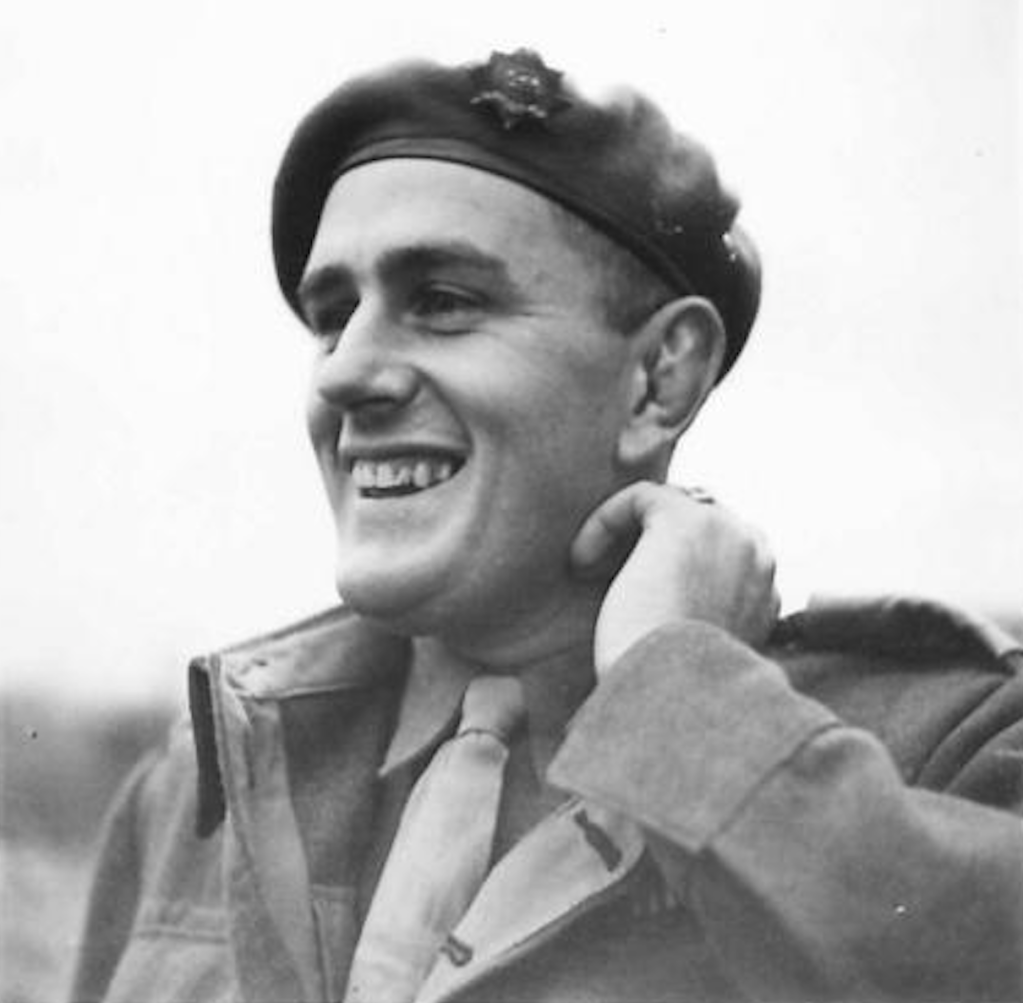





 Colin Eglin, the long-time anti-apartheid campaigner and long-time leader of the opposition Democrats in South Africa has recently had a road named after him … but so what! Many streets and roads are named after various politicians in South Africa, especially the anti-apartheid campaigners in recent times … however, this one is different, very different.
Colin Eglin, the long-time anti-apartheid campaigner and long-time leader of the opposition Democrats in South Africa has recently had a road named after him … but so what! Many streets and roads are named after various politicians in South Africa, especially the anti-apartheid campaigners in recent times … however, this one is different, very different.







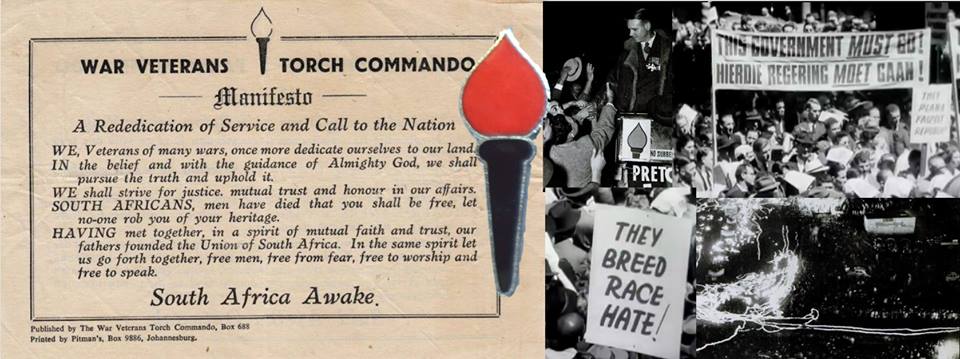
 In 1954 Colin himself was elected unopposed as the UP provincial councillor for Pinelands. In addition to that, he became chairman of the UP’s Cape Peninsula Council and then in 1958 Eglin became the Peninsula MP.
In 1954 Colin himself was elected unopposed as the UP provincial councillor for Pinelands. In addition to that, he became chairman of the UP’s Cape Peninsula Council and then in 1958 Eglin became the Peninsula MP.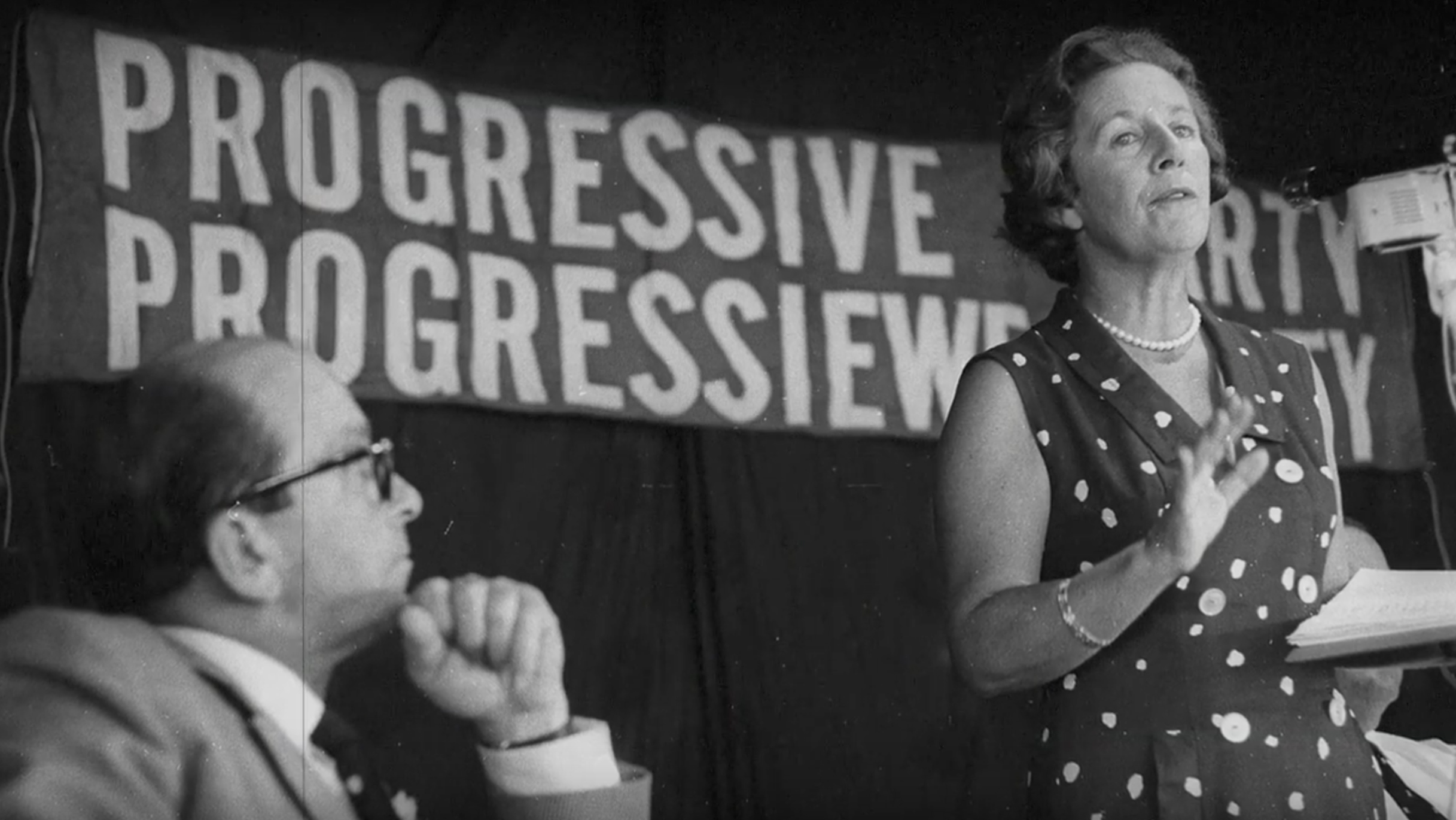


 He remained party leader until 1988, however he didn’t have the best people skills to sustain this type of leadership. Affectionately known as ‘the Egg’, Colin Eglin had a sharp tongue and bit off many heads. His long-time colleague Helen Suzman admitted that his manner “put off a lot of people. Yet we all came back to “the Egg”, not only because he was a role model for progressives, or because of his intelligence and measured political judgment, but because he was a decent, very warm-hearted man, whom we held in great affection.
He remained party leader until 1988, however he didn’t have the best people skills to sustain this type of leadership. Affectionately known as ‘the Egg’, Colin Eglin had a sharp tongue and bit off many heads. His long-time colleague Helen Suzman admitted that his manner “put off a lot of people. Yet we all came back to “the Egg”, not only because he was a role model for progressives, or because of his intelligence and measured political judgment, but because he was a decent, very warm-hearted man, whom we held in great affection.
 In 1991, as the Democratic Party (DP) stalwart, Colin participated in the Convention for a Democratic South Africa (CODESA) and served in its working group. Described by Nelson Mandela as “one of the architects of (South Africa’s) democracy”, Colin Eglin played a leading role in the drafting of the country’s post-apartheid constitution.
In 1991, as the Democratic Party (DP) stalwart, Colin participated in the Convention for a Democratic South Africa (CODESA) and served in its working group. Described by Nelson Mandela as “one of the architects of (South Africa’s) democracy”, Colin Eglin played a leading role in the drafting of the country’s post-apartheid constitution. Colin’s negotiating prowess was recognised by Joe Slovo in particular and, when an impasse was reached, the two would get together and generally find a way forward and eventually, a worthy constitution was to emerge. His intellect, presence and engaging manner were recognised and respected by all in those crafting the new democratic Constitution and Bill of Rights in the tumultuous years of 1990 to April 1994.
Colin’s negotiating prowess was recognised by Joe Slovo in particular and, when an impasse was reached, the two would get together and generally find a way forward and eventually, a worthy constitution was to emerge. His intellect, presence and engaging manner were recognised and respected by all in those crafting the new democratic Constitution and Bill of Rights in the tumultuous years of 1990 to April 1994. In 2000, the DP merged with other groups to become the Democratic Alliance (DA), which survives as the current official ‘democratic’ opposition to an African National Congress (ANC) government.
In 2000, the DP merged with other groups to become the Democratic Alliance (DA), which survives as the current official ‘democratic’ opposition to an African National Congress (ANC) government. In one his final speeches, Colin Eglin is nothing short of pure prophesy – consider this when he said “Ironically the (ANC) government’s Black Economic Empowerment policy has contributed to the widening of the (poverty) gap, by creating a new rich elite, often of persons with strong political connections, and by leaving the millions of impoverished out of the empowerment process. These factors are having an impact, turning people away from the values that underpin our constitutional system, and eroding confidence in our democratic institutions. They are driving people towards populism as a cure for their problems. In short, they are undermining our new democracy.”
In one his final speeches, Colin Eglin is nothing short of pure prophesy – consider this when he said “Ironically the (ANC) government’s Black Economic Empowerment policy has contributed to the widening of the (poverty) gap, by creating a new rich elite, often of persons with strong political connections, and by leaving the millions of impoverished out of the empowerment process. These factors are having an impact, turning people away from the values that underpin our constitutional system, and eroding confidence in our democratic institutions. They are driving people towards populism as a cure for their problems. In short, they are undermining our new democracy.”






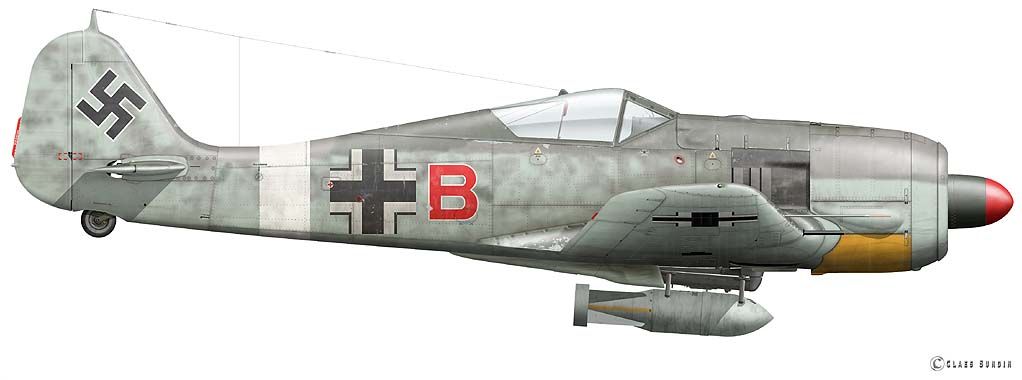


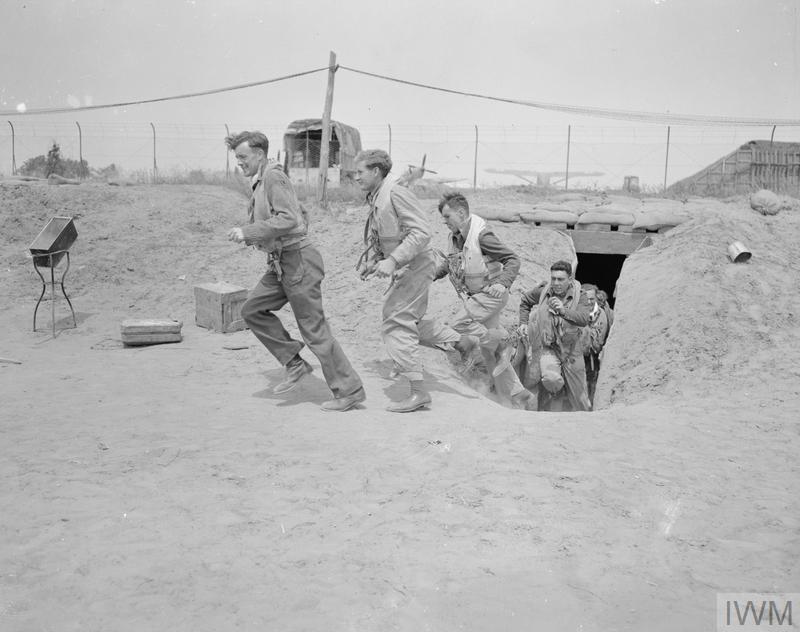

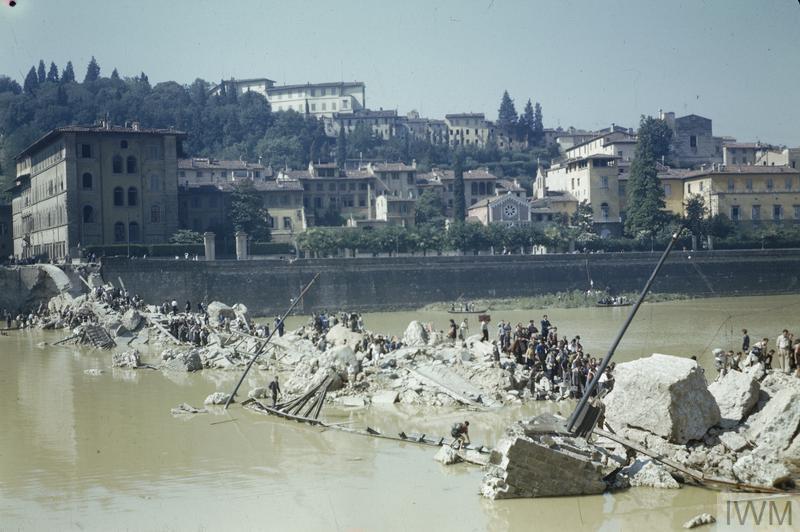





























 Oddone Baiesi 21
Oddone Baiesi 21
 eneral Mark Clarke was ultimately made the Supreme Commander of the AFHQ in the Mediterranean, replacing Field Marshal Sir Maitland Wilson, He was promoted to the four-star rank of General on March 10, 1945, aged 48, the youngest in the United States Army. Clark led the 15th Army Group in the Spring 1945 offensive in Italy codenamed Operation Grapeshot, which brought the war in Italy to an end, and afterwards he accepted the German surrender in Italy in May and became Commander of the Allied Forces in Italy at the end of World War 2 in Europe.
eneral Mark Clarke was ultimately made the Supreme Commander of the AFHQ in the Mediterranean, replacing Field Marshal Sir Maitland Wilson, He was promoted to the four-star rank of General on March 10, 1945, aged 48, the youngest in the United States Army. Clark led the 15th Army Group in the Spring 1945 offensive in Italy codenamed Operation Grapeshot, which brought the war in Italy to an end, and afterwards he accepted the German surrender in Italy in May and became Commander of the Allied Forces in Italy at the end of World War 2 in Europe.